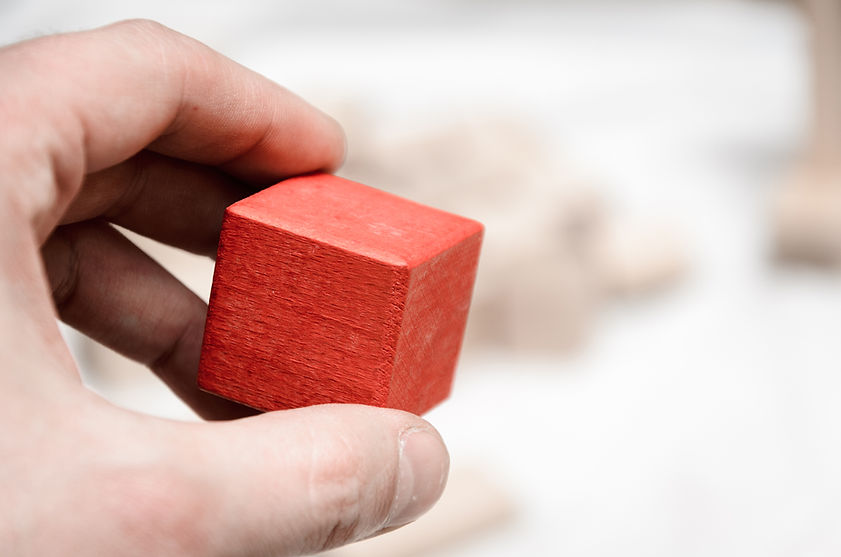
Numbers and Place Value
🌟 Introduction: Why Place Value Matters
Have you ever wondered why the number “5” in 54 is worth more than the “5” in 15? The answer lies in place value—a fundamental concept that helps children understand how numbers are structured and what each digit means.
Understanding place value is like learning the alphabet before writing words. It’s the foundation that supports all other areas of math, including addition, subtraction, multiplication, and even algebra later on. As a parent, if you understand this concept clearly, you'll be able to explain it using simple objects around the house, turning math into a shared, meaningful experience.

🎯 Learning Objectives
By the end of this chapter, you’ll be able to:
-
Understand how place value works and explain it in plain language
-
Use everyday objects to teach your child the value of digits
-
Help your child read, write, and build numbers correctly
-
Identify common mistakes and how to correct them gently

🧠 Core Concept: What Is Place Value?
Every digit in a number has a position, and that position gives the digit its value. This is called place value.
Let’s look at the number 374:
-
The 3 is in the hundreds place → it means 3 × 100 = 300
-
The 7 is in the tens place → it means 7 × 10 = 70
-
The 4 is in the ones place → it means 4 × 1 = 4
So, 374 means 300 + 70 + 4
It’s like packing a suitcase:
-
The leftmost digit carries the heaviest items (hundreds)
-
The middle digit has medium-weight items (tens)
-
The rightmost digit holds the lightest things (ones)

🏡 Real-Life Examples
Here’s how to explain place value using everyday items:
Example 1: Using Money
Take out some bills and coins:
-
3 × $100 bills = 300
-
7 × $10 bills = 70
-
4 × $1 coins = 4
Put them together and you’ve built 374 in money form.
Example 2: Using Toy Blocks
-
Label three containers: Hundreds, Tens, Ones
-
Ask your child to place 3 big blocks in the Hundreds jar, 7 medium blocks in the Tens jar, and 4 small ones in the Ones jar.
This makes abstract numbers feel real and visual.

💡 Teaching Tips for Parents
-
Start with 2-digit numbers, then gradually introduce 3-digit numbers.
-
Use phrases like “How much is this digit worth?” rather than just “What number is it?”
-
Let your child explain the number to you. If they can teach it back, they’ve learned it well.
-
Use daily moments like checking receipts, counting toys, or cooking measurements.

📖 Step-by-Step Examples
Example 1:
What is the value of 8 in the number 382?
-
It is in the tens place → 8 × 10 = 80
Example 2:
Build the number 2 hundreds, 5 tens, 3 ones
-
200 + 50 + 3 = 253
Example 3:
Compare: Which is larger, 403 or 430?
-
430 is greater because 3 tens (30) is more than 0 tens (0)

📝 Practice Time
A. Identify Place Values
-
In 641, what is the value of 6? ___
-
In 785, what is the value of 8? ___
-
In 920, what is the value of 2? ___
B. Build These Numbers
-
3 hundreds, 4 tens, 2 ones = ___
-
6 hundreds, 0 tens, 5 ones = ___
C. Compare Numbers
Which is bigger?
-
308 or 380
-
421 or 412

👨👩👧 Parent-Child Activity: Build-A-Number Game
🔹 What You Need: 3 jars, paper or toy blocks, markers
🔹 Setup: Label jars “Hundreds,” “Tens,” and “Ones”
🔹 Instructions:
-
Call out a number (e.g., 426)
-
Have your child drop 4 blocks in the “Hundreds” jar, 2 in “Tens,” and 6 in “Ones”
-
Then, reverse roles—your child gives you a number to build!
This makes math feel like a game, not homework.

🔄 Check-In: Mini Quiz
-
In 529, what is the value of the digit 2?
-
True or False: The digit 5 in 59 is worth fifty.
-
Fill in: 6 hundreds + 1 ten + 0 ones = ___

-
✅ Summary & Key Takeaways
-
-
Place value helps children understand what numbers really mean, not just read them.
-
Use real-life objects like money, toys, and jars to make learning fun and visual.
-
Emphasize how much a digit is worth, not just what it is.
-
When taught well, place value becomes the building block for all future math skills.
You're not just teaching math; you’re building a connection with your child, one number at a time.
